At the Habitat III Third Preparatory Committee Conference (PrepCom3) in Surabaya, Indonesia on 27 July 2016, persons with disabilities became the newest official major stakeholder group of Habitat III by becoming the 16th Partner Constituent Group of the General Assembly of Partners (GAP).
An application for persons with disabilities to become a GAP Partner Constituent Group was put forward by members of the Disability Inclusive and Accessible Urban Development Network, including: World Enabled; the IDPP at American University; OHANA; CBM; Disabled People’s International; and International Disability Alliance.
The Habitat III General Assembly of Partners is a special initiative of the World Urban Campaign. It aims to support stakeholder engagement and contributions to the Habitat III conference. The GAP consists of Partner Constituent Groups with members from the United Nations’ major groups and other relevant stakeholders.
Through engagement in the GAP, persons with disabilities seek to ensure that disability is prominently featured in all Habitat III processes; ensure that disability is referenced in the Habitat III Outcome Document / New Urban Agenda; and provide technical assistance to Member States and the Habitat III Secretariat.
The Persons with Disabilities Partner Constituent Group represents persons with disabilities and organizations that advocate for the rights of persons with disabilities around the world. To better engage in the Habitat III process, organizations have formed the Disability Inclusive and Accessible Urban Development Network (DIAUD), which is supported by the Disability Inclusive Development Policy Collaboratory, an initiative of IDPP.
The DIAUD Network has thus far had significant influence in ensuring that disability is mentioned throughout drafts of the Outcome Document, including a stand-alone paragraph on disability and 15 references to persons with disabilities - from non-discrimination and affordable housing to public services, accessibility in the built environment, and access to information and communication technologies.
It is estimated that 6.25 billion people – 15 percent of them persons with disabilities – will be living in urban centers by 2050. Persons with Disabilities join 15 other Partner Constituent Groups. The 16 total GAP Partner Constituent Groups are:
- Local and Sub-National Authorities
- Research and Academia
- Civil Society Organizations
- Grassroots Organizations
- Women
- Parliamentarians
- Children and Youth
- Business and Industries
- Foundations and Philanthropies
- Professionals
- Trade Unions and Workers
- Farmers
- Indigenous People
- Media
- Older Persons
- Persons with Disabilities

